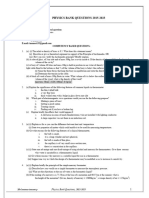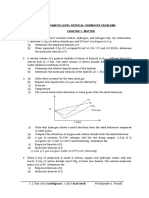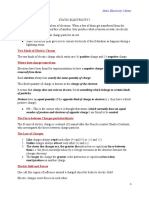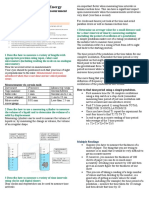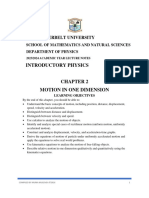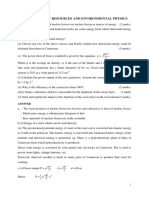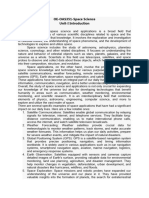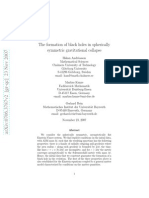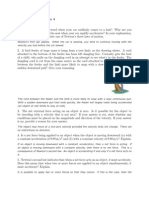0% found this document useful (0 votes)
411 views9 pagesPhysics Olympiad Syllabus
The document outlines the syllabus for the Physics Olympiad for grades 5 to 12, covering various topics in classical mechanics, thermodynamics, electromagnetism, fluid mechanics, optics, and modern physics. Each grade level has specific concepts and mathematical skills required, including measurements, laws of motion, heat transfer, wave properties, and electricity. The syllabus emphasizes both theoretical understanding and practical applications, with a focus on problem-solving and experimental skills.
Uploaded by
cmdconstructiondhakaCopyright
© © All Rights Reserved
We take content rights seriously. If you suspect this is your content, claim it here.
Available Formats
Download as PDF, TXT or read online on Scribd
0% found this document useful (0 votes)
411 views9 pagesPhysics Olympiad Syllabus
The document outlines the syllabus for the Physics Olympiad for grades 5 to 12, covering various topics in classical mechanics, thermodynamics, electromagnetism, fluid mechanics, optics, and modern physics. Each grade level has specific concepts and mathematical skills required, including measurements, laws of motion, heat transfer, wave properties, and electricity. The syllabus emphasizes both theoretical understanding and practical applications, with a focus on problem-solving and experimental skills.
Uploaded by
cmdconstructiondhakaCopyright
© © All Rights Reserved
We take content rights seriously. If you suspect this is your content, claim it here.
Available Formats
Download as PDF, TXT or read online on Scribd
/ 9

























